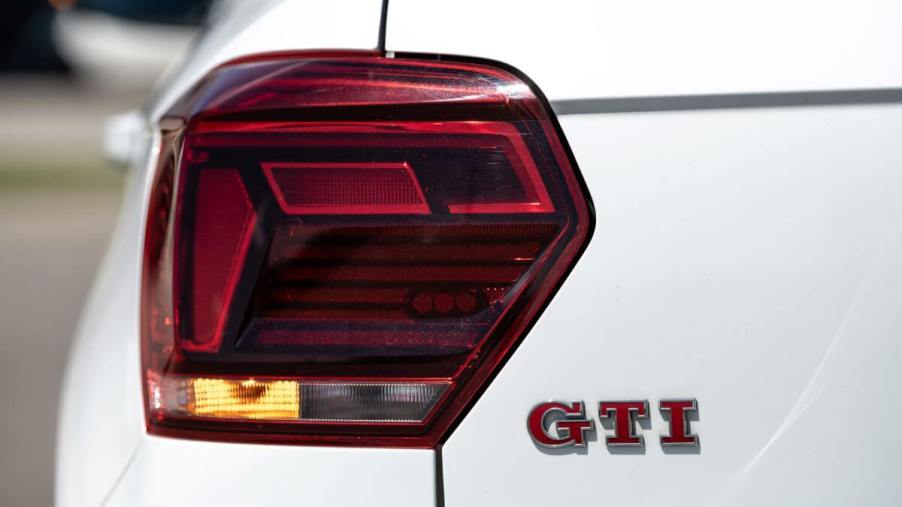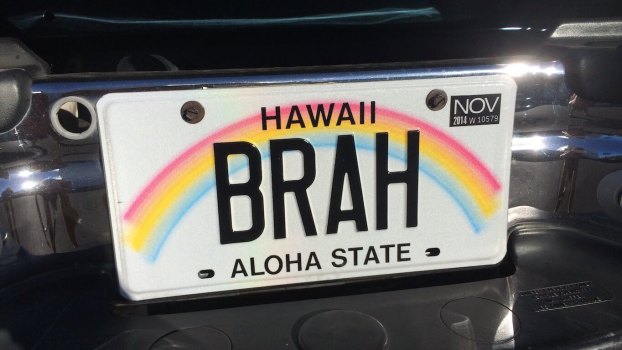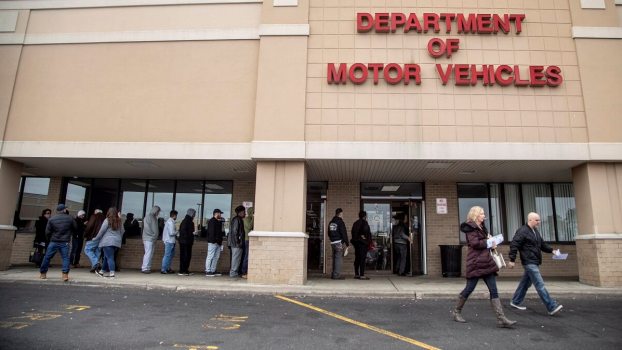
Is It Legal to Drive With Broken Turn Lights if You Use Hand Signals?
Failure to use a turn signal while driving your car will get you pulled over by the police in many areas. And in some instances, you could receive a citation for not using your blinker, resulting in higher car insurance rates. Of course, your car’s turn signals are an essential safety device, but what if the light is broken and you’re on your way to fix it? Can you legally drive with a broken turn signal using the same hand signals as bicyclists?
Is failing to use your turn signal while driving a crime?
According to Traffic School Online, a nationwide law requires all automobiles to have turn-signaling devices. The law also requires drivers to use their vehicles’ turn indicators anytime they change lanes and when turning. Additionally, to avoid getting pulled over and receiving unnecessary citations, your vehicle’s headlights, taillights, and brake lights must also be functional.
Flipping on your blinker as you change lanes or in the middle of a turn because you saw a cop isn’t the best way to avoid an accident or an uncomfortable conversation with the authorities. Your turn indicator lets you communicate with other drivers around you. By indicating your intentions early, you give them enough time to accommodate you instead of surprising them and spilling their coffee, or worse.
Can you use hand signals if your blinker is broken?
The Northern California, Nevada, and Utah division of AAA says that most western states allow using hand signals to indicate lane changes, turning, and stopping your vehicle. While using hand signals might be legal in some places, national law still requires a motor vehicle’s functional turn indicators.
So, our advice is to use your car’s blinkers as designed before every turn or lane change. If your car’s turn indicators aren’t working, use hand signals while on the way to get them repaired. Even in areas where hand signals are illegal, using them and explaining your situation to a sympathetic police officer could result in a warning instead of a costly ticket.
What are the approved hand signals when driving?
If your brake lights or turn signals are out of commission, you’ll need to lower your driver’s side window and stick your arm out to politely communicate your intentions to the other drivers around you. Car and Driver lists the following three hand signals that every driver should know:
- Stopping – Using the hand signal for stopping is tricky because sudden, unexpected slow-downs occur frequently. Since hand signaling requires an open driver’s side window, you’ll have to leave your window down at all times, even in inclement weather, to allow immediate access out of the window. The signal for stopping or slowing entails extending your left arm out the window, bending your elbow 90 degrees, pointing your fingertips toward the ground, and facing your palm toward the traffic behind you.
- Left Turn – Using hand signals for turns and lane changes is more manageable than stopping because turning is usually planned. The left turn hand signal requires extending your left arm straight out the window with your palm forward and fingers extended. If it feels more natural, you can point to the left, but either way, leave your arm extended until you can safely initiate the turn.
- Right turn – The hand signal for a right turn or lane change begins by sticking your left arm out the driver’s side window again. Then, bend your elbow 90 degrees with your fingertips pointing upward and your palm facing forward. Just as with left turns, keep your arm in the right turn signal position until you can safely begin your turn.
Bicyclists and motorcycle riders use these same hand signals to stay safe while on the road. However, while legal for automobile drivers in most places, we don’t recommend relying on them any longer than necessary. Usually, when a car’s signals stop working, it’s just an inexpensive bulb that needs replacing. So, get it fixed and avoid the hassle of using hand signals.





